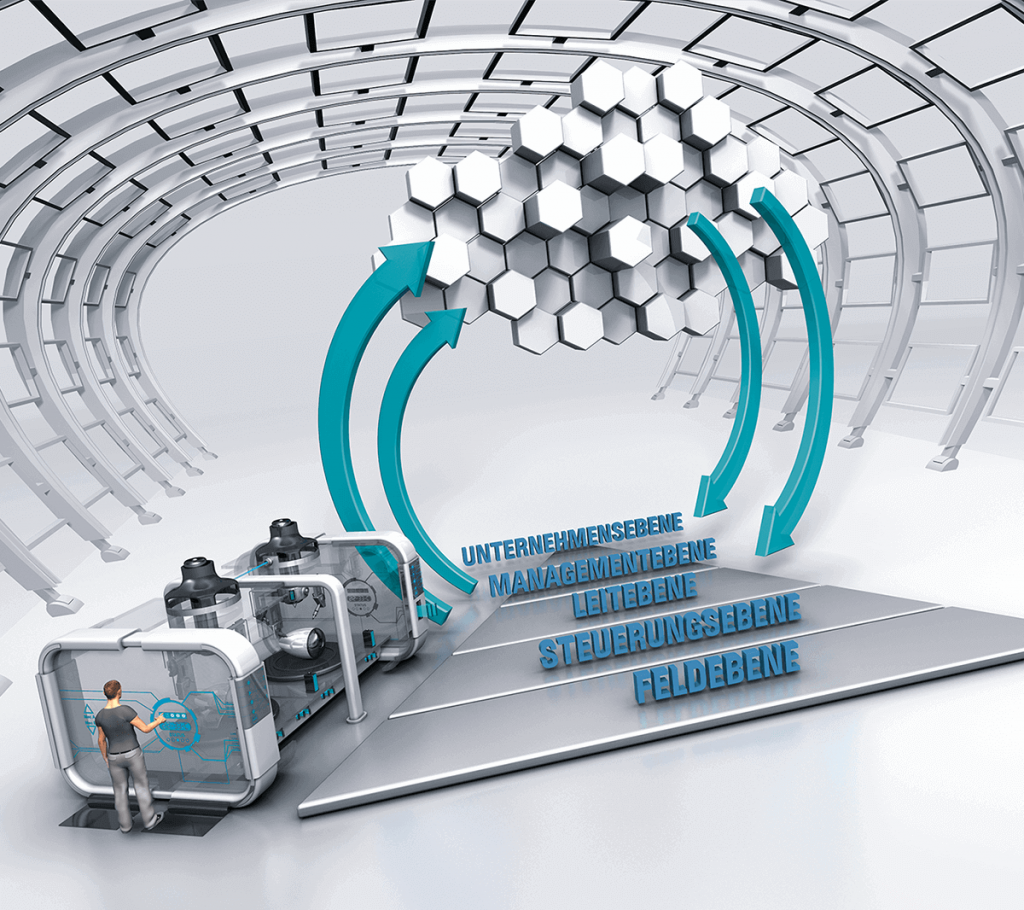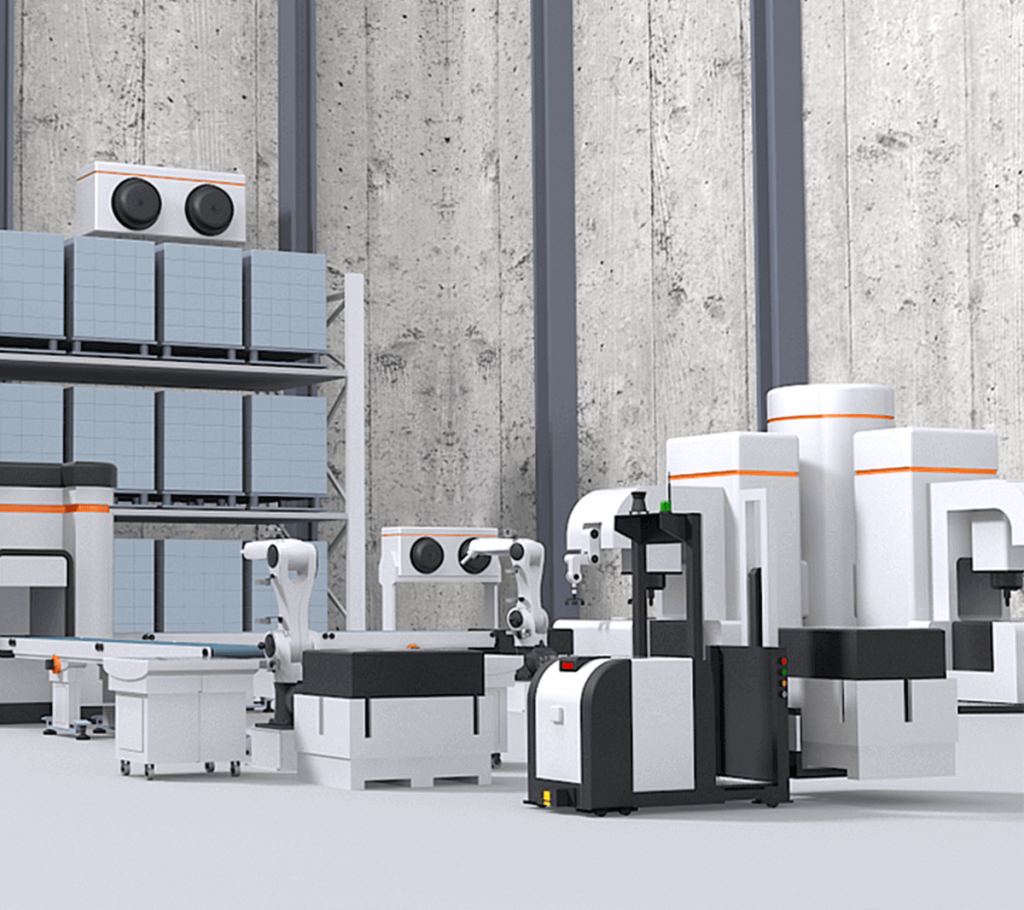The technology - The principle
Continuous communication from the sensor to the cloud.
The technology - The principle
Continuous communication from the sensor to the cloud.
To make Ethernet technology end-to-end from the sensor to the cloud, new technologies must be developed with standardized, cost-effective and space-saving components. In this context, the addition of transparent communication solutions to existing fieldbus systems at the process level must also be taken into account.
Current Ethernet technology is too costly and oversized for many industrial applications. For example, current RJ45 connectors and Ethernet cables are hardly suitable for connecting simple sensor components at the field level. Encapsulation up to the sensor is complex, expensive and often not feasible for space reasons alone. In addition, there is the need for two- or four-pair cabling as well as the maximum cable length of 100 m. This is too little, especially for applications in conveyor technology or warehouse logistics. The remedy is a simplified Ethernet standard that deliberately does not achieve the high data transmission rates of the IT world, but instead combines long cable lengths with a compact design and simple, robust cabling: single pair Ethernet (SPE).
All important details about Single Pair Ethernet in one video.
SPE in communication technology
SPE fulfills one of the essential requirements for IoT and Industry 4.0 applications, namely end-to-end intelligent networking across all levels. Scalable, deterministic and fully compatible so that all components can communicate with each other.
- Consistent: Uniform Ethernet-based communication from the sensor to the cloud
- Future-proof: Overarching key technology for Industry 4.0 and IIoT
- Simple: Reduced cabling effort due to reduction to only one wire pair
- Flexible: Can be used across applications thanks to ranges of up to 1,000 m and transmission speeds of up to 1 GBit/s


- The physical properties and transmission rates are defined internationally by different standardization bodies.
- SPE is also attracting great interest in automation technology, because this new Ethernet variant meets all the requirements for industrial communication in the context of digitalization.
- The transmission rates are sufficient even for sophisticated sensor components: 10 Mbit/s at a transmission length of 1,000 m, 1 Gbit/s at a transmission length of 40 m.
- Components such as scanners and cameras can be integrated throughout the Ethernet network - for example, for monitoring purposes or for detecting the type and position of a component. The realizable response times even allow TSN applications.
- The power supply and data interface for the sensors can be accommodated in a very small space. The power supply of the connected peripherals can be realized via Power over Data Line (PoDL), so that up to 60 W are available at the Power Source Equipment (PSE) for feeding.